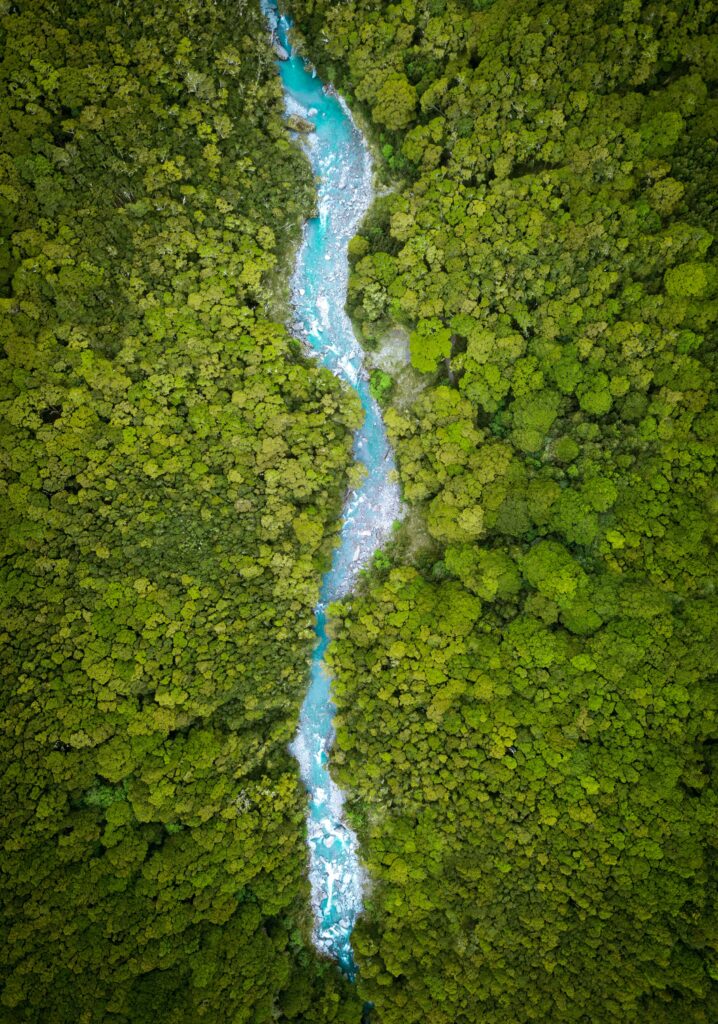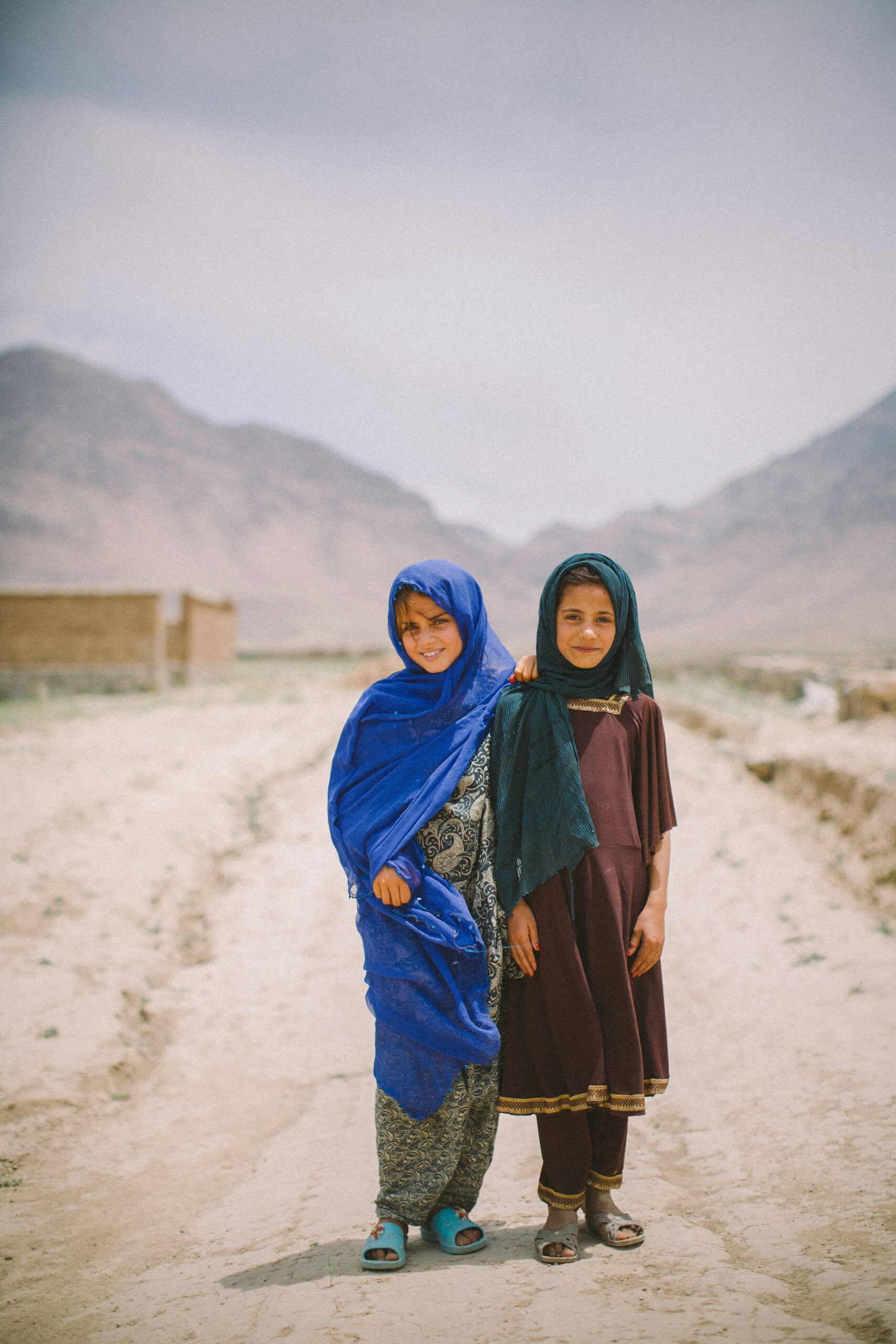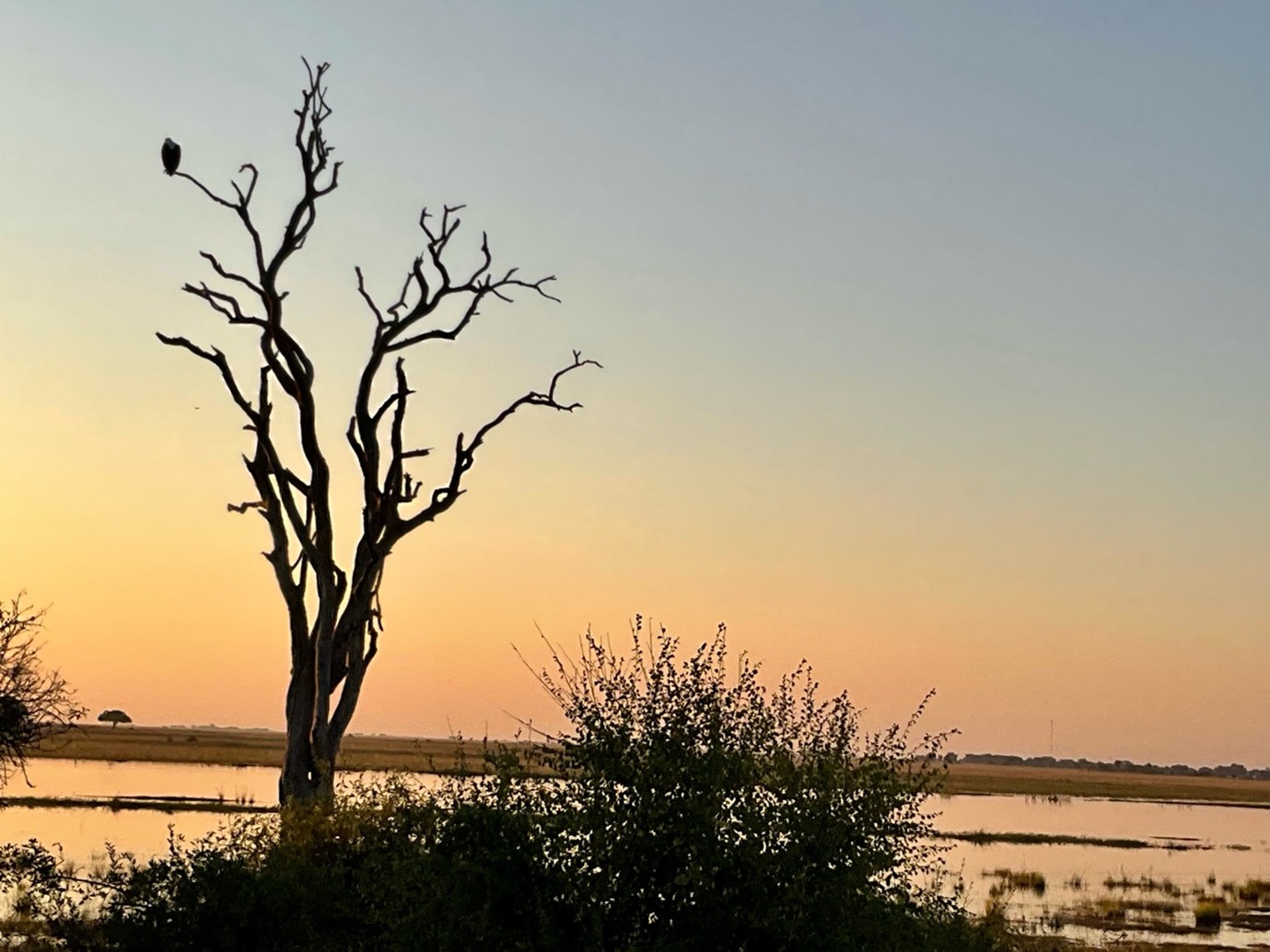Balancing environmental and development rights

We have all witnessed instances across the globe where economic development and environmental rights have clashed and resulted in conflict.
Many countries face a complex challenge. On the one hand, economic growth and development have lifted millions out of poverty, created opportunities, and improved livelihoods. On the other hand, this progress has often come at a significant environmental cost—resulting in deforestation, pollution, climate change, and in many instances the loss of biodiversity.
But these two goals do not necessarily have to lead to conflict. In fact, they must go hand in hand. And the legal profession has a vital role to play in ensuring that the law is used as a tool to achieve this balance of protecting the environment while enabling sustainable and inclusive growth.
How do we reconcile the need for economic development and the protection of environmental rights? Does it really have to be this way? Or can we find a better balance?
Human Rights
Environmental rights are human rights – they encompass the right to clean air, safe drinking water, and a healthy environment. These rights are enshrined in international agreements such as the United Nations’ Sustainable Development Goals (SDGs), particularly Goal 13 (Climate Action) and Goal 15 (Life on Land). When these rights are compromised, it is often the most vulnerable populations that suffer.
At A4ID, we work at the intersection of law, sustainable development, and human rights. We believe that legal frameworks can help resolve these tensions ensuring development is not just about economic growth, but it is also about sustainability, equity, and justice.
Striving for balance
So how can we achieve a balance?
Firstly, by strengthening legal frameworks for environmental rights. Law is, after all, one of the most powerful tools we have to protect the environment while promoting sustainable development.
At A4ID one of our primary goals is to connect legal expertise with those who need it most such as non-governmental organisations or NGOs, social enterprises and development organisations that are working on environmental and sustainability issues.
One example is our KAZA programme. The Kavango Zambezi region in Southern Africa is home to some of the most ecologically significant landscapes in Africa, spanning five countries, rich in biodiversity and supporting millions of people who rely on natural resources for their livelihoods. Yet, it’s also a hotspot for the illegal wildlife trade that not only threatens biodiversity, but fuels corruption, results in organised crime and undermines stability.
Legal Frameworks
Through KAZA, we strengthen legal frameworks and build the capacity of judicial actors to combat this crisis. This work is essential because without strong laws and enforcement, poaching and illegal trafficking continue to undermine conservation efforts and sustainable development. By training judges, prosecutors, and law enforcement officers, we ensure stronger prosecutions and tougher penalties for offenders. This programme demonstrates that legal capacity-building can bridge the gap between conservation and sustainable development, ensuring that environmental protection does not come at the cost of economic security, but in fact strengthens it.
Secondly, we do it by advocating for stronger environmental laws. Beyond individual projects, we work with governments, businesses and NGOs to push for stronger legal solutions that respect environmental rights while promoting responsible investment. In some countries, outdated laws fail to hold corporations accountable for environmental damage. In others, legal loopholes allow industries to bypass regulations. A4ID collaborates with legal experts to close these gaps ensuring that laws are strong, enforceable, and fair.
And thirdly we do so, by training legal professionals in Environmental Law. After all, laws are only as effective as the people who enforce them. That’s why we train lawyers, policymakers, and organisations to use legal tools for environmental protection. Many legal professionals want to support sustainability efforts but lack the specialised knowledge. We provide training to equip them with the skills to handle environmental disputes, advise on sustainable business practices, and advocate for stronger policies. This is crucial in regions where environmental laws exist but are poorly enforced due to a lack of resources, expertise, or political will. By strengthening legal capacity, we ensure that environmental justice is not just an ideal but is a reality.
Challenges
Despite progress, significant challenges remain. For instance, there are conflicting Interests: Governments often prioritise economic growth over environmental concerns. Then there is weak enforcement: Even strong environmental laws are often not enforced. And then there is, of course, corporate influence: Large corporations sometimes use legal loopholes to avoid accountability which they can do as they have legal and financial resources at their disposal.
So how do we create a system where environmental rights and development reinforce, rather than undermine, each other?
Collaboration and Innovation
The answer lies in collaboration and innovation. If we truly want to balance these interests, we need a multi-stakeholder approach and we need to be innovative in our thinking. Legal frameworks and policies play a crucial role in striking this balance. Strong environmental laws—when properly enforced—can ensure responsible development.
Here are some examples in Asia:
- Nepal’s Environmental Protection Act mandates environmental impact assessments for major projects.
- The Paris Agreement provides a global framework for climate action while allowing flexibility for national priorities.
- International legal support through organisations like A4ID have the potential to strengthen Nepal’s environmental governance by providing expertise, resources, and capacity-building support.
Collaboration and Innovation also means that:
- Governments must create policies that encourage sustainable business models instead of seeing environmental laws as obstacles.
- Businesses must adopt responsible and transparent environmental practices not just because the law demands it, but because it benefits them in the longer-term.
- Legal professionals must continue to ensure environmental laws are upheld and that those affected by environmental harm have access to justice.
- Civil society and local communities must be empowered to advocate for their rights and hold governments and corporations to account.
Legal professionals, policymakers, and advocates, have the power to drive change – the tools, the expertise, and the networks to shape laws that create a future where economic growth and environmental rights are not in conflict.
Development should not come at the expense of environmental destruction. And environmental rights should not mean stopping progress altogether. It’s about finding the right balance and solutions that allow both to thrive.
At A4ID, we are committed to this mission working to ensure legal frameworks support both people and the planet. Find out more about our work.
This content for this article is based on a speech I delivered at the 5th LAWASIA International Human Rights Conference in Kathmandu, Nepal, on February 15, 2025.

